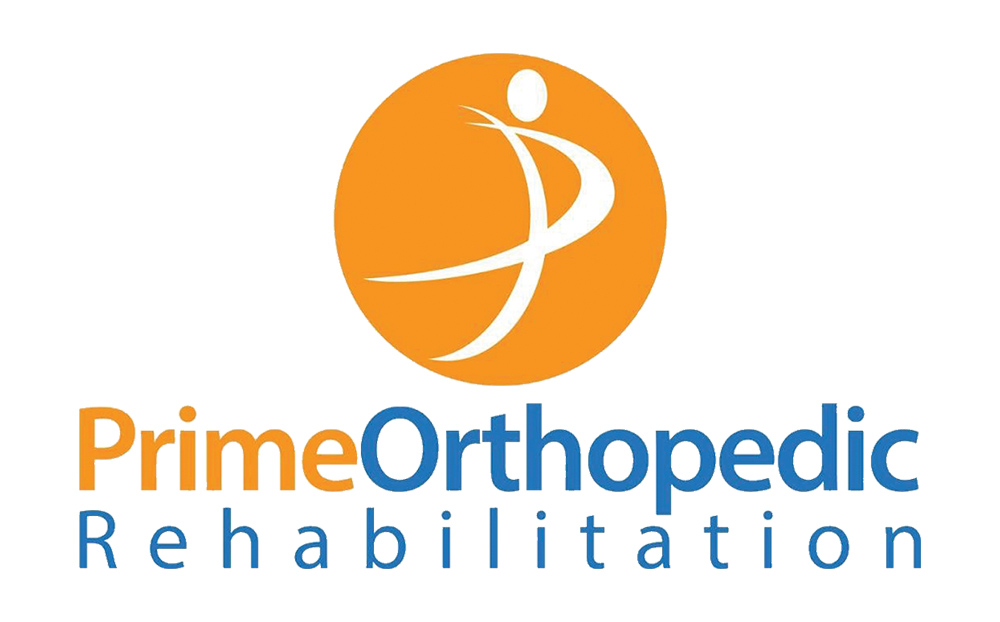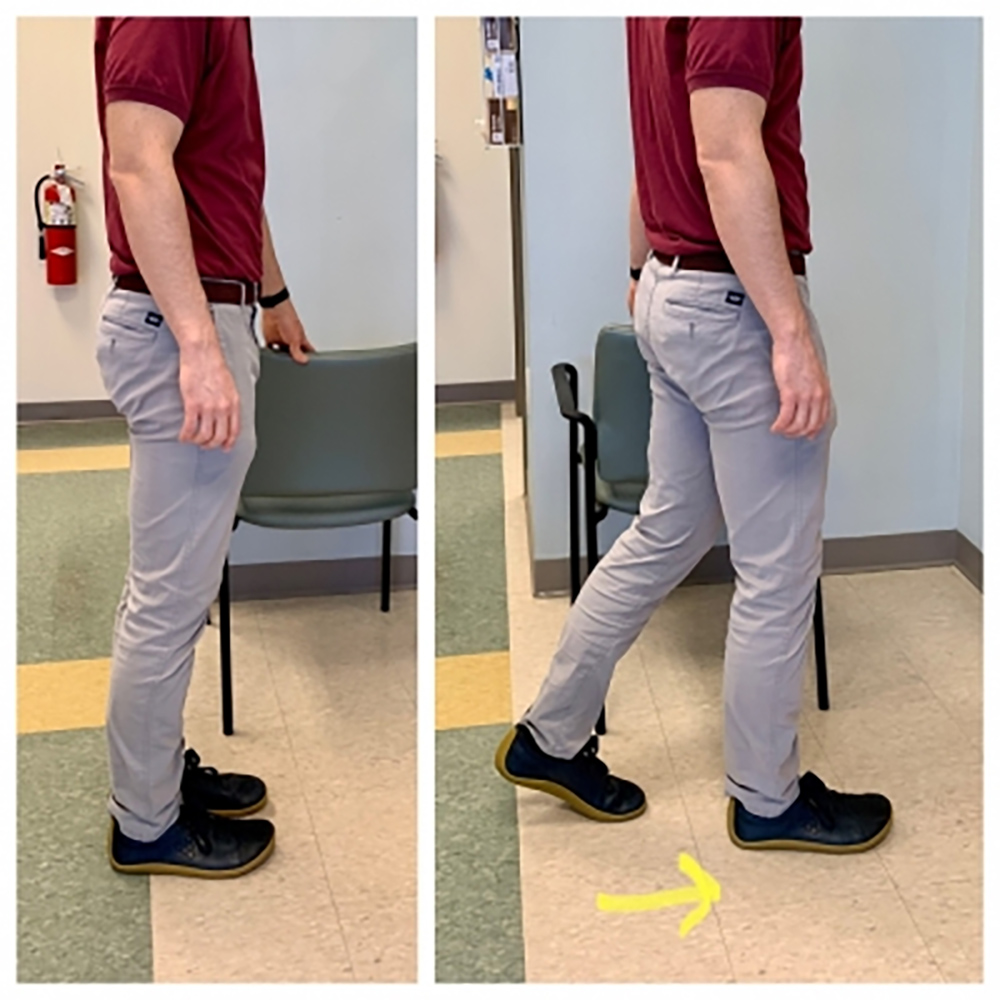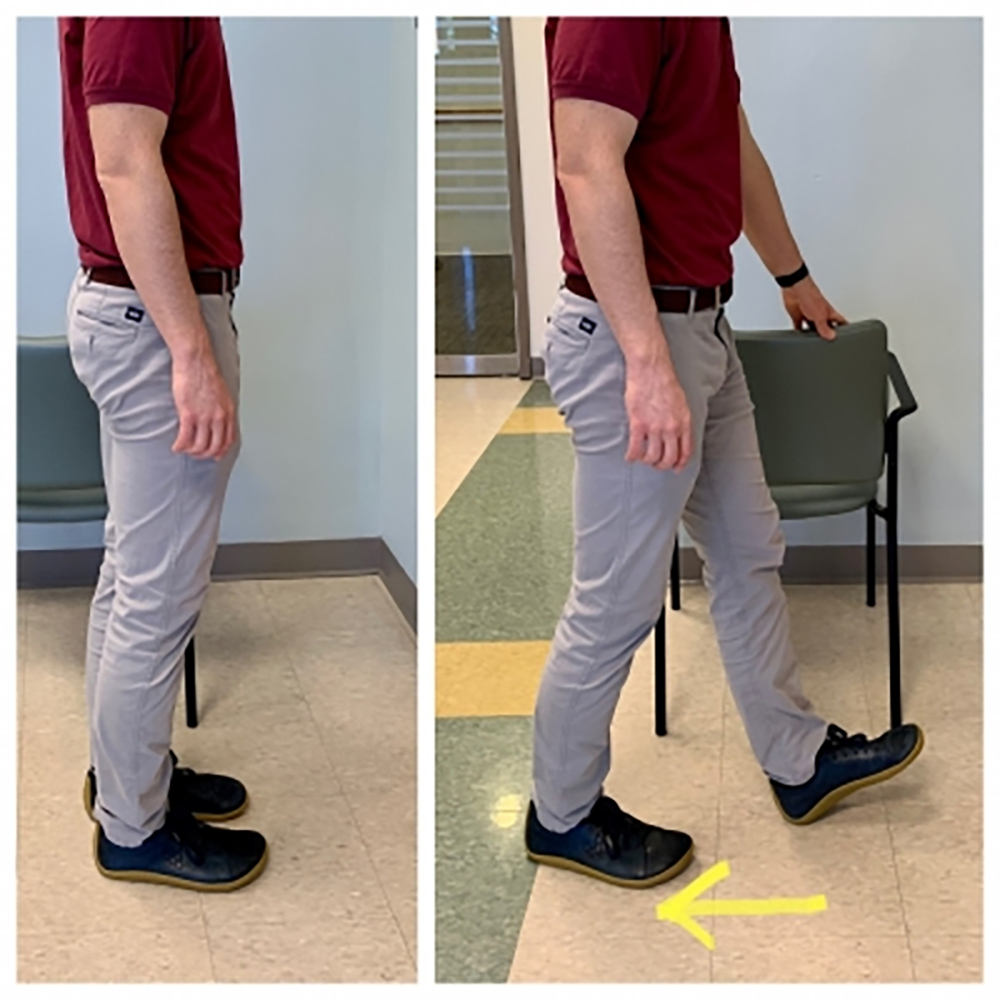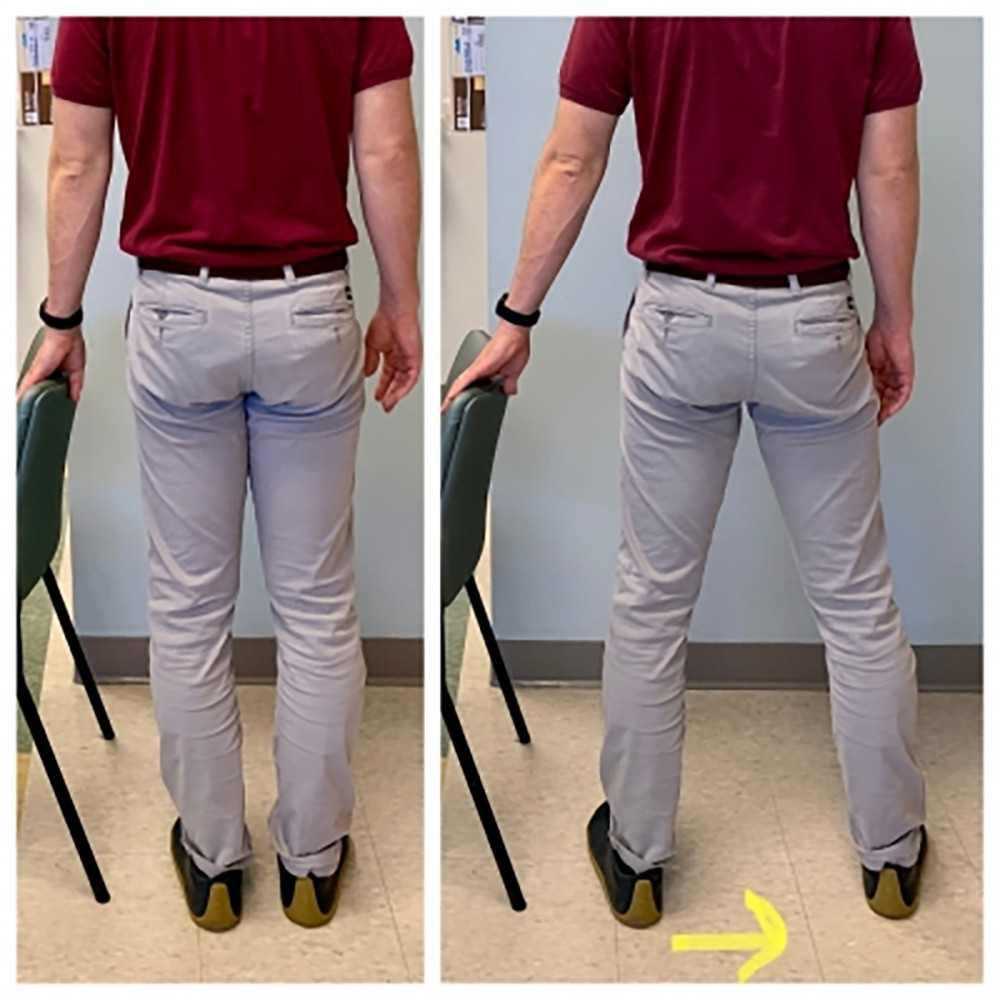By Jessica Lowy, PT, DPT, CMTPT, DN, McKenzie A-D, Advanced Schroth Certified SSOL, and Michal Porath, PT, MPT, McKenzie A-D, Advanced Schroth Certified SSOL

Very often we will hear an older adult say, ”I want to stay in my home as long as possible.” Older adults who have poor balance or difficulty walking are more likely to fall. These problems may be associated with lack of exercise or a neurological cause, arthritis or other medical conditions and treatments. Some risk factors for falling are weak muscles in the legs, poor balance, dizziness or lightheadedness, fainting or loss of consciousness, foot problems including pain and deformities and memory loss.
Older adults who have poor balance or difficulty walking will have an increased risk of falling. The good news is that with correct education on balance and home safety, it is possible to live independently for a long time. Having a physical or occupational therapy evaluation in your home can help identify ways to enhance your safety and independence within your space. Banisters on stairways, grab bars for the shower and bath chairs are highly recommended for people who have difficulty standing and are at risk for losing their balance and falling. Medicare or other insurances will often cover the cost for assistive devices such as wheelchairs, walkers and canes for navigating in and out of the home.
When occupational therapy (OT) or physical therapy (PT) is prescribed for the home, one of the goals is to educate the patient on how to negotiate around their home safely and efficiently, while performing their daily activities. The therapist will evaluate the space, as well as evaluate your strength, balance and walking ability. The PT or OT will then assess all of the information they collect and create a plan of care, which should include the patient’s personal goals. This plan of care typically includes a lot of education, activities and exercises to help improve your balance and gait, as well as an overall strengthening program, all of which contribute to preventing falls. Working one-on-one with a patient, in the patient’s home, allows the physical or occupational therapist to provide services that are highly individualized to the patient’s needs and goals.
Prime Orthopedic Rehabilitation offers both physical and occupational therapy in the home. We can get you set up with skilled therapists that can come to your home and address your specific needs, and the cost is covered by Medicare.
Regular physical activity is one of the most important things anyone, particularly older adults, can do themselves. It can prevent or delay many of the health problems that naturally come as we age. Exercise helps your muscles get stronger so you can keep doing your day-to-day activities, which will help maintain your independence.
The following are a few examples of exercises that can be done at a kitchen counter or holding a sturdy surface to practice balance and weight shifting exercises in all directions.
Step Forward Weight Shift

While standing and holding on to something sturdy for support, step forward and weight shift onto your front foot. Then lift your back heel up. Return to the starting position. Perform on both sides or as directed. Repeat 10 times, one to two times per day.
Retro Step With Weight Shift

While standing and holding on to something sturdy for support, step backward and weight shift onto your back foot. Then lift your front toes up. Return to the starting position. Perform on both sides or as directed. Repeat 10 times, one to two times per day.
Side Step With Weight Shift

While standing and holding on to something sturdy for support, step out to the side and weight shift onto the foot. Return to the starting position. Perform on both sides or as directed. Repeat 10 times, one to two times per day.
A general lower-extremity strengthening exercise for the legs that can be done easily at home during the day is a sit to stand exercise.
Sit to Stand

Sit near the front edge of a chair. Reach forward with your arms and lean forward at your waist as you press down with your legs and rise up to a standing position. As you rise to standing, lower your arms by your side. Stand tall! Return to sitting on the chair by leaning forward as you raise up your arms. Repeat 10 times, one to two times per day.
Note: If you are unable to stand, try pushing on your thighs with your arms or use a chair that has arm rests to press down on, or hold a bathroom or kitchen sink to assist in pulling yourself up.
If you are interested in in-home physical or occupational therapy, call Prime Orthopedic Rehabilitation at 201-503-7173 to schedule your first visit!









